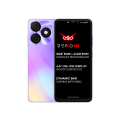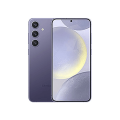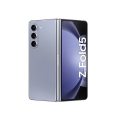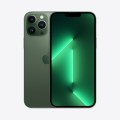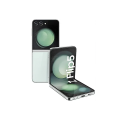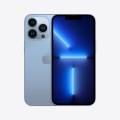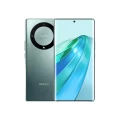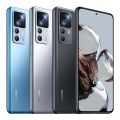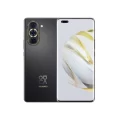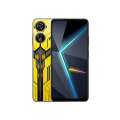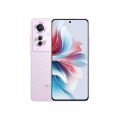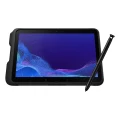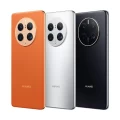- Homepage | Database
- All Products
- Mobiles & Tablets
- Redmi K60 Ultra
Redmi K60 Ultra
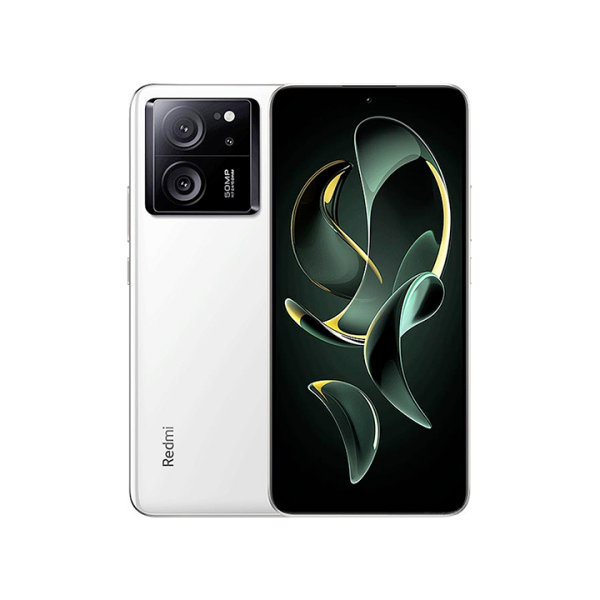


Display
The Redmi K60 Ultra sports a captivating 6.67-inch OLED display. This screen pushes 1220 x 2712 pixels, further enhanced by a buttery smooth 144Hz refresh rate. For high-quality visuals, it offers Dolby Vision, HDR10+, and a stunning peak brightness of 2600 nits. This is all safeguarded by a double-reinforced glass protection.
Performance
At the heart of the Redmi K60 Ultra is the MediaTek Dimensity 9200+ chipset. This 4 nm octa-core processor consists of 1 Cortex-X3 core clocked at 3.35 GHz, 3 Cortex-A715 cores at 3.0 GHz, and 4 Cortex-A510 cores at 2.0 GHz.
Graphics
Handling the device’s graphics is the cutting-edge Immortalis-G715 MC11 GPU, promising detailed and fluid visuals across applications and games.
Memory and Storage
Depending on your needs, you can choose from three RAM options: 12GB, 16GB, or a colossal 24GB. In terms of storage, it comes in 256GB, 512GB, or a whopping 1TB UFS variants, offering expansive space for all your files and media.
Camera Capabilities
Photography enthusiasts will appreciate the dual rear camera setup: a 50 MP main sensor paired with a 2 MP depth sensor. It boasts features like HDR and panorama, and it can record up to 8K at 24fps. Selfie lovers get a 20 MP front-facing camera, capable of 1080p recording at both 30 and 120fps.
Connectivity
With support for GSM, HSPA, LTE, and 5G, the Redmi K60 Ultra ensures fast and stable connections. It also features dual-band WiFi 802.11 a/b/g/n/ac/6e and Bluetooth 5.4.
Additional Features
A range of ports like USB Type-C 2.0, NFC, and infrared expand the device’s versatility. It’s encased in Gorilla Glass Victus on the front and back with a durable plastic frame. Running on Android 13 with MIUI 14, the device offers a user-friendly interface and a suite of features.
Power
Powering the device is a Li-Po 5000 mAh non-removable battery. With 120W wired charging support, refuels are incredibly swift.
Color and Pricing
The Redmi K60 Ultra is available in timeless shades of Black, White, and Green. For the 12GB + 256GB variant, you’re looking at a price of approximately PHP 20,323, based on direct conversion.
Specs
Smartphone Full Specification
| Display Display Technology => A number of display technologies and types used in mobile phones => TFT (Thin Film Transistor), IPS (In-Place Switching), OLED (Organic Light Emitting Diode), AMOLED (Active-Matrix Organic Light-Emitting Diode), Super AMOLED (an even advanced version of AMOLED), Resistive Touchscreen (Resistive touchscreens contain two layer of conductive material with a very small gap between them which acts as a resistance), Capacitive Touchsceen (Capacitive touchscreen technology consists of a layer of glass coated with a transparent conductor) | 6.67 inches OLED, 1220 x 2712 pixels, 144Hz, Dolby Vision, HDR10+, 2600 nits (peak) brightness, double-reinforced glass protection |
| CPU CPU (Central Processing Unit) mostly known as processors, CPU processes instructions in order to carry out certain functions that make your device operate properly. Processors are often described as the brain of computers, smartphones and tablets, Smartphones and tablets rely on processors to carry out their every task, Processors are an incredibly important factor in selecting any type of computing device, including your smartphone. | MediaTek Dimensity 9200+ (4 nm) chipset, octa-core (1x3.35 GHz Cortex-X3 & 3x3.0 GHz Cortex-A715 & 4x2.0 GHz Cortex-A510) CPU |
| GPU GPU (Graphics Processing Unit) is a single-chip processor designed to rapidly manipulate and alter memory to accelerate the creation of images in a frame buffer intended for output to a display, This includes things such as lighting effects, object transformations, and 3D motion. | Immortalis-G715 MC11 GPU |
| RAM (Memory) RAM (Random Access Memory) is a type of computer memory that can be accessed randomly, any byte of memory can be accessed without touching the preceding bytes that allows information to be stored and accessed quickly from random locations. RAM is the most common type of memory found in computer systems, smartphones, tablets and other electronic devices. | 12GB/16GB/24GB RAM |
| Internal Storage Internal Storage is a data storage space (flash memory) mostly used in smartphones, tablets and other electronic devices where operating system, apps, music, photos, videos, files and other user data Is stored. | 256GB/512GB/1TB UFS |
| Camera Camera is able to capture photographs and usually videos, The most important characteristics of a camera are the resolution (measured in megapixels), lens focus type (fixed or automatic), higher megapixel cameras are known to capture higher quality photos, but not always a good measurement of the photos quality. |
Dual camera setup - 50 MP, f/1.7, (wide), PDAF, OIS + 2 MP, f/2.4, depth; LED flash, HDR, panorama; video recording up to 8K@24fps, 4K@30/60fps, 1080p@30/60/120/240/960fps, gyro-EIS, HDR10+, 10-bit Single camera setup - 20 MP, (wide), 1/2.0", 0.8µm; video recording up to 1080p@30/120fps |
| SIM Slot | Dual SIM (Nano-SIM, dual stand-by) |
| Connectivity | GSM / HSPA / LTE / 5G |
| Wi-fi Wi-Fi is a popular wireless networking technology using radio waves to provide high-speed network connections that allows devices to communicate without cords or cables, Wi-Fi is increasingly becoming the preferred mode of internet connectivity all over the world. | WiFi 802.11 a/b/g/n/ac/6e, dual-band, Wi-Fi Direct, |
| Bluetooth Bluetooth is a wireless communications technology for exchanging data between mobile phones, headsets, computers and other network devices over short distances without wires, Bluetooth technology was primarily designed to support simple wireless networking of personal consumer devices. | Bluetooth 5.4 |
| GPS GPS The Global Positioning System is a satellite-based radio navigation system, GPS permits users to determine their position, velocity and the time 24 hours a day, in all weather, anywhere in the world, In order to locate your position, your device or GPS receiver must have a clear view of the sky. | GPS |
| Ports | USB Type-C 2.0 |
| NFC NFC (Near field communication) is a set of standards for smartphones and similar devices to establish peer-to-peer radio communications with each other by touching them together or bringing them into proximity, usually no more than a few inches. | |
| Infrared Infrared connectivity is an old wireless technology used to connect two electronic devices. It uses a beam of infrared light to transmit information and so requires direct line of sight and operates only at close range. | |
| Features | Glass front and back (Gorilla Glass Victus), plastic frame |
| Operating System OS => Every computer system run on a base software called Operating System (OS). Operating System controls all basic operations of the computer (such as smartphone, PDAs, tablet computers and other handheld devices). The Operating System allows the user to install and run third party applications (apps), apps are used to add new functionality to the device. | Android 13, MIUI 14 |
| Battery Battery Capacity is a measure (typically in Amp-hr) of the charge stored by the battery, and is determined by the mass of active material contained in the battery. The battery capacity represents the maximum amount of energy that can be extracted from the battery under certain conditions. | Li-Po 5000 mAh, non-removable, 120W wired charging |
| Colors | Black, White, Green |
| Price | ~PHP 20,323 for the 12GB + 256GB (Direct Conversion) |
Reviews
Disclaimer Note
Disclaimer: We cannot ensure that all the information provided on this page is entirely accurate.



